HRBench people analytics resources
Everything you need to be an effective people analytics leader. Customer stories, webinars, HR metrics definitions, and calculation formulas.
Customers
Kimray, Inc.

Kimray, Inc. is a world-class manufacturer of oil and gas control equipment, specializing in temperature, level, flow, and pressure control for production equipment.
Read StoryWebinars
How FirstKey Homes Coaches Managers with Real-Time HR Data

FirstKey Homes uses specific, real-time HR dashboards to reduce turnover, strengthen manager accountability, and drive better staffing decisions across 26 markets. In this webinar, they’ll break down the exact metrics and workflows their HR team uses.
Watch webinarHow to become an HRIS Director by age 27

Join Dani Woods for a live 30-minute conversation on how to fast-track your HRIS career and make the shift from systems manager to strategic leader.
Watch webinarReduce Employee Turnover at Scale: Inside CMS’s 27% Improvement

Community Medical Services (CMS) reduced employee turnover by 27% across their workforce. From addressing burnout before it starts to surfacing leading turnover indicators through engagement surveys, we’ll provide examples you can use.
Watch webinarHRBench Blog
Employee Engagement Surveys: How to Communicate Results, Build Trust, and Drive Change

Transform employee engagement survey results into actionable steps. Learn how to communicate findings, build trust, and create plans that boost retention & growth. Avoid survey fatigue with proven strategies.
Read blog postEmployee Net Promoter Score - How eNPS is calculated and what it means to Employee Engagement

Curious about Employee Net Promoter Score (eNPS)? Discover how this single-question survey pinpoints real engagement, slashes turnover, and drives growth.
Read blog postThe Hidden Cost of Employee Turnover (And Why It’s Bigger Than You Think)

Discover the hidden costs of employee turnover—from lost productivity to cultural erosion—and how people analytics uncovers solutions. Learn retention strategies that save time and money.
Read blog postLearn People Analytics
Involuntary Departures

Involuntary departures are employee exits initiated by the employer, such as terminations, layoffs, or redundancies. Tracking involuntary departure rate (or involuntary turnover rate) helps HR understand performance issues, structural changes, and cultural risks inside the organization. This guide explains what involuntary departures are, how to calculate the rate using the formula Involuntary Departures in the period ÷ Average Headcount (where Average Headcount = (Headcount at start of period + Headcount at end of period) ÷ 2), what data you need, and why this metric should be part of your standard HR reporting
Read postFixed Costs

Fixed costs are the expenses that do not change based on business activity — things like rent, software licenses, and workforce salary costs. In HR, fixed labor costs represent the predictable portion of employee expenses, typically calculated as the sum of the current annual pay for all active employees at the measurement date. Understanding fixed costs helps HR and People Ops teams forecast budgets, model headcount scenarios, communicate financial impact to executives, and align people strategy to business performance.
Read postQuarterly Business Review

A Quarterly Business Review (QBR) is a structured meeting that aligns business performance, goals, and strategy every 90 days. For HR leaders—especially in PE-backed and mid-market companies—QBRs are the moment to translate people data into business impact. This guide explains what a QBR is, how to prepare, which HR metrics to include, and how to build a board-ready presentation that drives action.
Read postAverage Pay
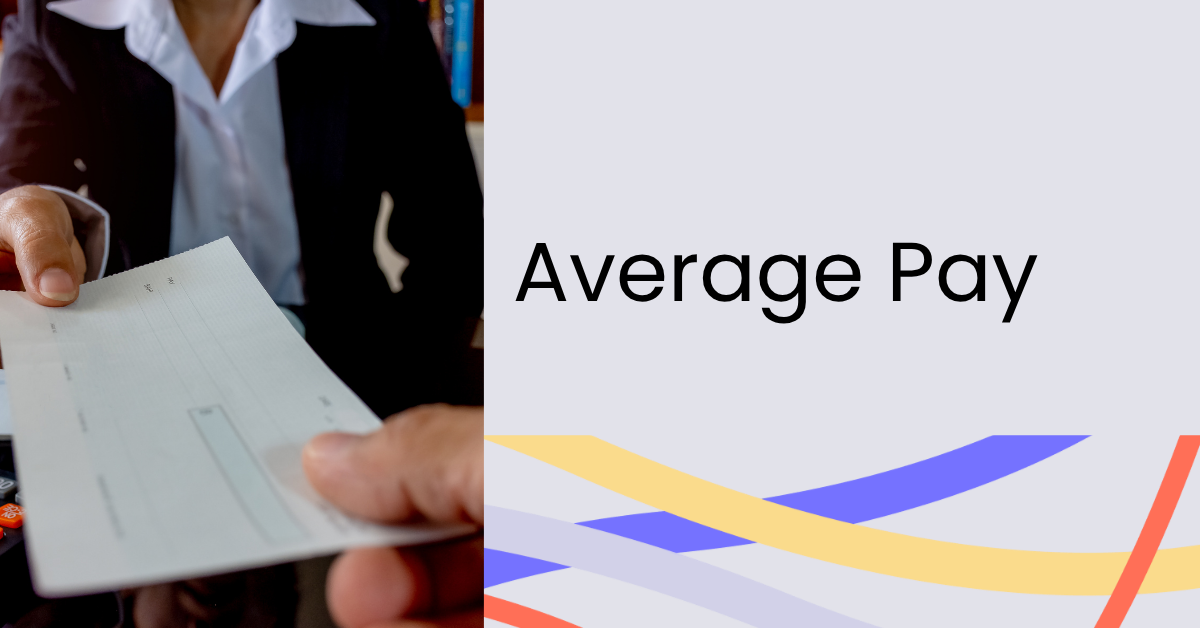
Average pay represents the typical amount employees earn within an organization, department, or role over a defined period — usually expressed as an average annual or hourly rate. It helps HR and finance teams understand overall compensation levels, track pay trends, identify pay equity gaps, and benchmark competitiveness. This guide explains what average pay is, how to calculate it, why it matters, what data you need, and how to use it for decision-making and reporting.
Read postBenefits Cost for Employees

Benefits cost for employees measures the total expense an organization spends on employee benefits — such as health insurance, retirement contributions, paid leave, and other perks — usually expressed per employee or as a percentage of total compensation. It’s a key HR and finance metric for understanding total labor costs, managing budgets, and benchmarking benefit competitiveness. This guide explains what it is, how to calculate it, what data you need, and why it matters for decision-making at both HR and executive levels.
Read postRevenue per Employee
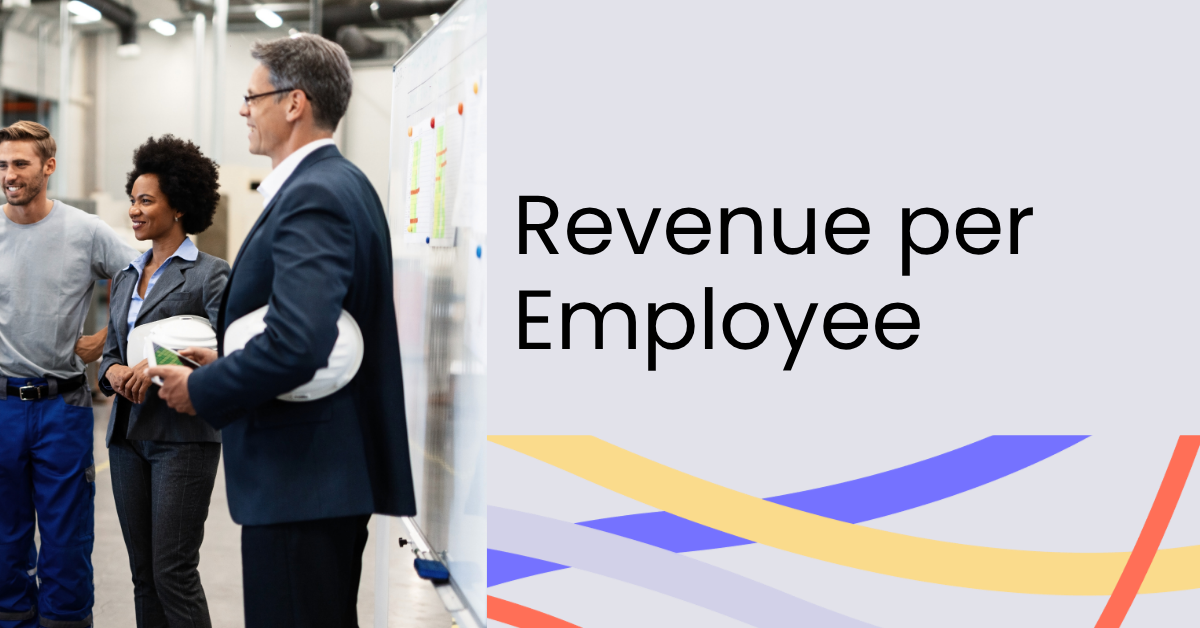
Revenue per employee is a financial efficiency metric that measures how much revenue a company generates for every employee on staff. It highlights workforce productivity and helps executives, HR leaders, and investors understand the link between headcount and business performance. This guide explains what revenue per employee is, how to calculate it, why it matters, what data you need, and how HR and Finance teams can use it to benchmark efficiency and inform strategy.
Read postEmployee Turnover

Employee turnover refers to the number or percentage of employees who leave an organization during a specific time period. It’s one of the most important HR metrics because it directly affects productivity, culture, and cost. This guide explains what employee turnover is, how to calculate it, why it matters, and how HR professionals can use it to improve retention, budgeting, and workforce planning.
Read postEmployee Net Promoter Score

Employee Net Promoter Score (eNPS) is a simple but powerful HR metric used to measure employee loyalty and satisfaction. Based on a single question — “How likely are you to recommend this company as a place to work?” — eNPS gives you a snapshot of employee sentiment across your workforce. This guide explains what eNPS is, how it’s calculated, why it matters, and how HR professionals can use it to drive engagement, retention, and cultural health.
Read postEmployee Retention Rate

Employee retention rate measures the percentage of employees who stay with a company over a defined period. It’s one of the most important people analytics metrics because it reflects organizational stability, employee satisfaction, and the effectiveness of HR and management practices. This guide explains how to calculate retention rate, what data you need, why it matters, and how HR professionals can use it to improve workforce planning and decision-making.
Read postCost of Turnover
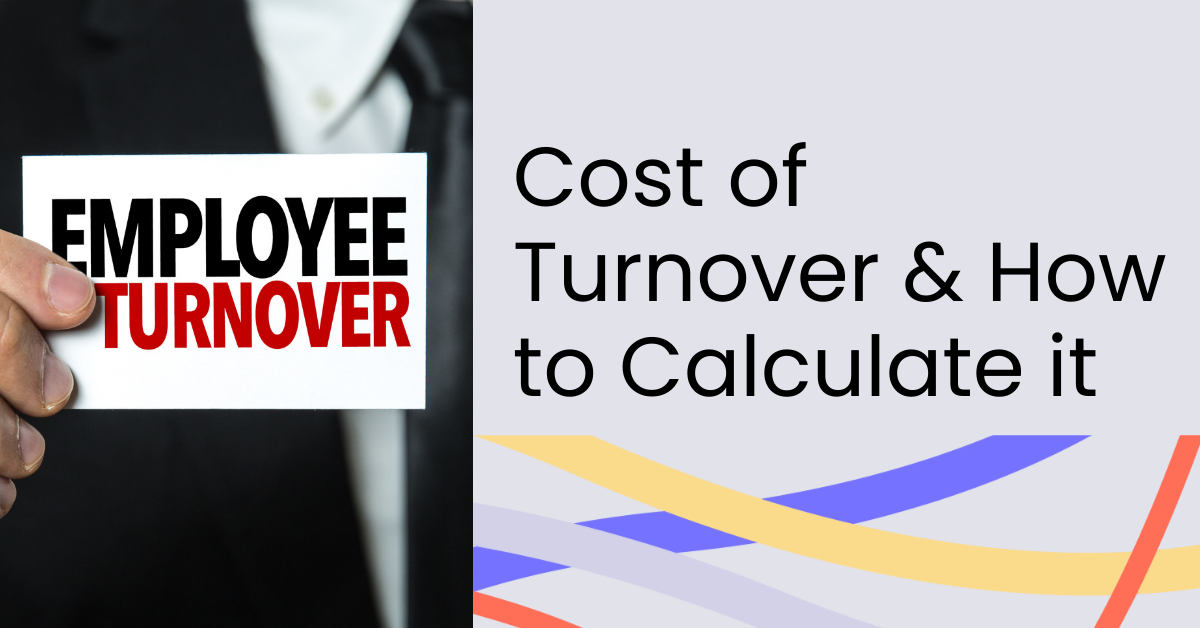
The cost of turnover refers to the total financial impact an organization faces when an employee leaves — including expenses related to separation, vacancy, recruitment, onboarding, and lost productivity. This guide explains why measuring the cost of turnover matters, how it affects business performance (especially in private equity-backed environments), and how to calculate it using a simple but customizable formula. HR professionals can use this metric to communicate attrition in financial terms and support stronger workforce planning and retention strategies.
Read postValue Creation Plan
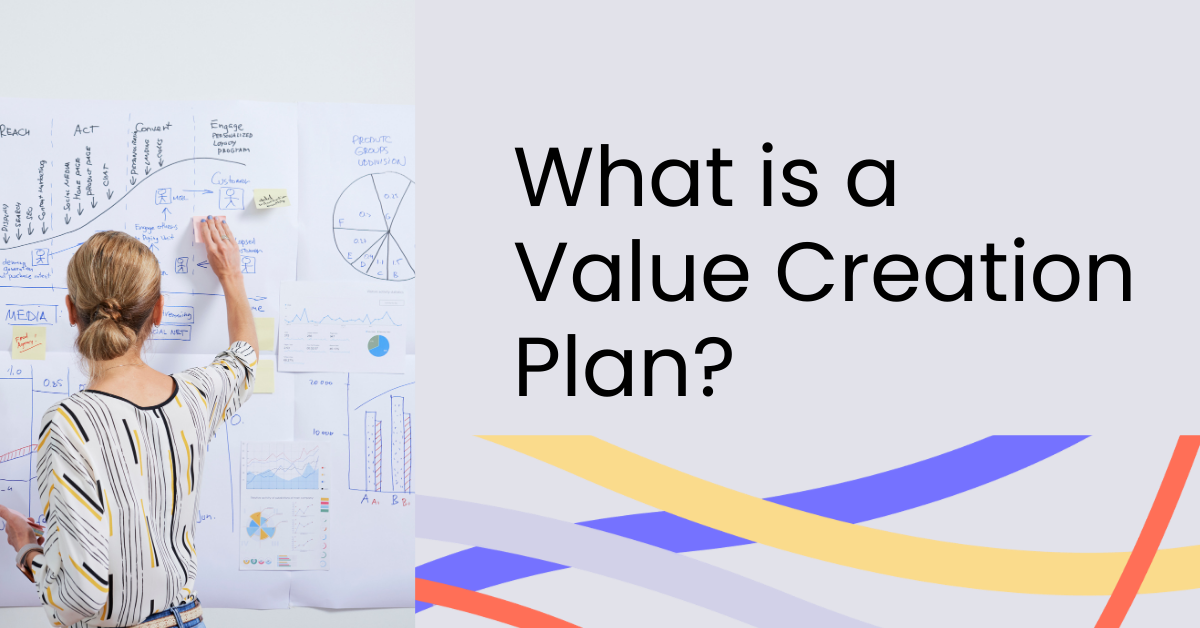
A Value Creation Plan (VCP) is a strategic blueprint developed by private equity firms and their portfolio companies to increase enterprise value during the investment period. It lays out clear financial and operational goals — often across revenue growth, margin improvement, talent optimization, and strategic initiatives — and defines how those targets will be achieved, who owns them, and when. For HR professionals, understanding the VCP is critical, as workforce strategy plays a major role in achieving value creation outcomes.
Read postWhat Is People Analytics?
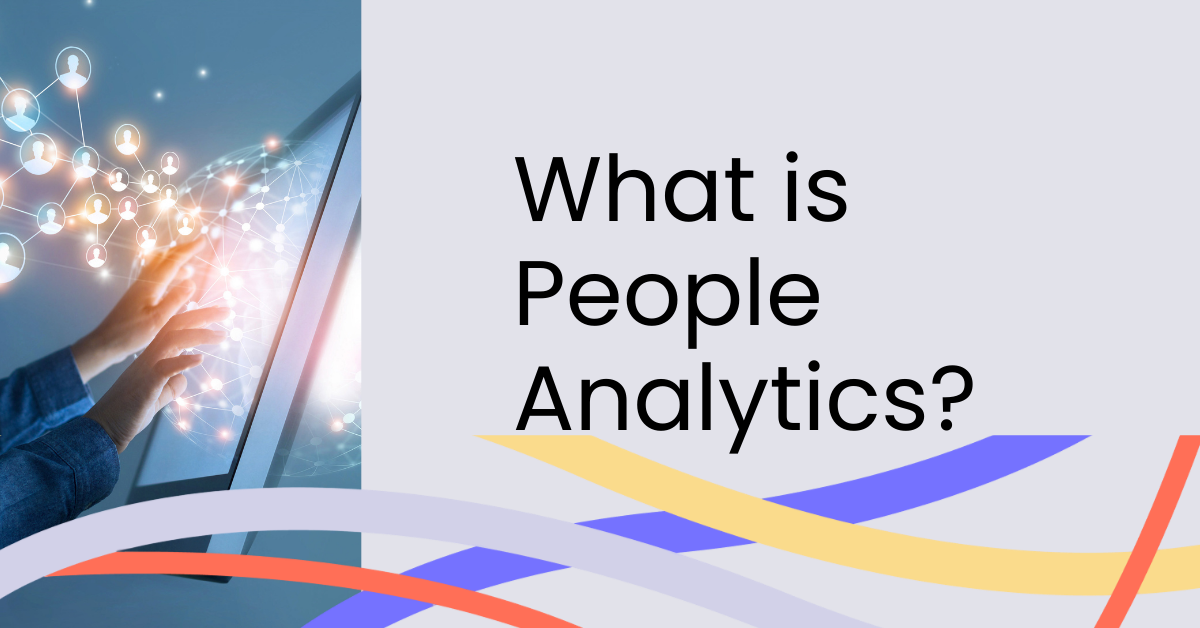
People analytics is the practice of using data to make better decisions about your workforce. It combines data from HR systems, business operations, and employee feedback to uncover trends, predict outcomes, and improve everything from retention and DEI to productivity and hiring. This guide breaks down what people analytics is, how it works, real-world use cases, common challenges, and how HR teams can get started — making it the go-to reference for HR leaders exploring analytics for the first time or looking to deepen their strategy.
Read postSchedule a 20-minute demo
See how HRBench transforms your HR data into insights, instant visibility, benchmarking, and data confidence.
- A walkthrough of HRBench's intuitive dashboards and analytics tools.
- Insights into integrating HRBench with your existing HR systems.
- Understanding how HRBench supports data-driven HR strategies.
